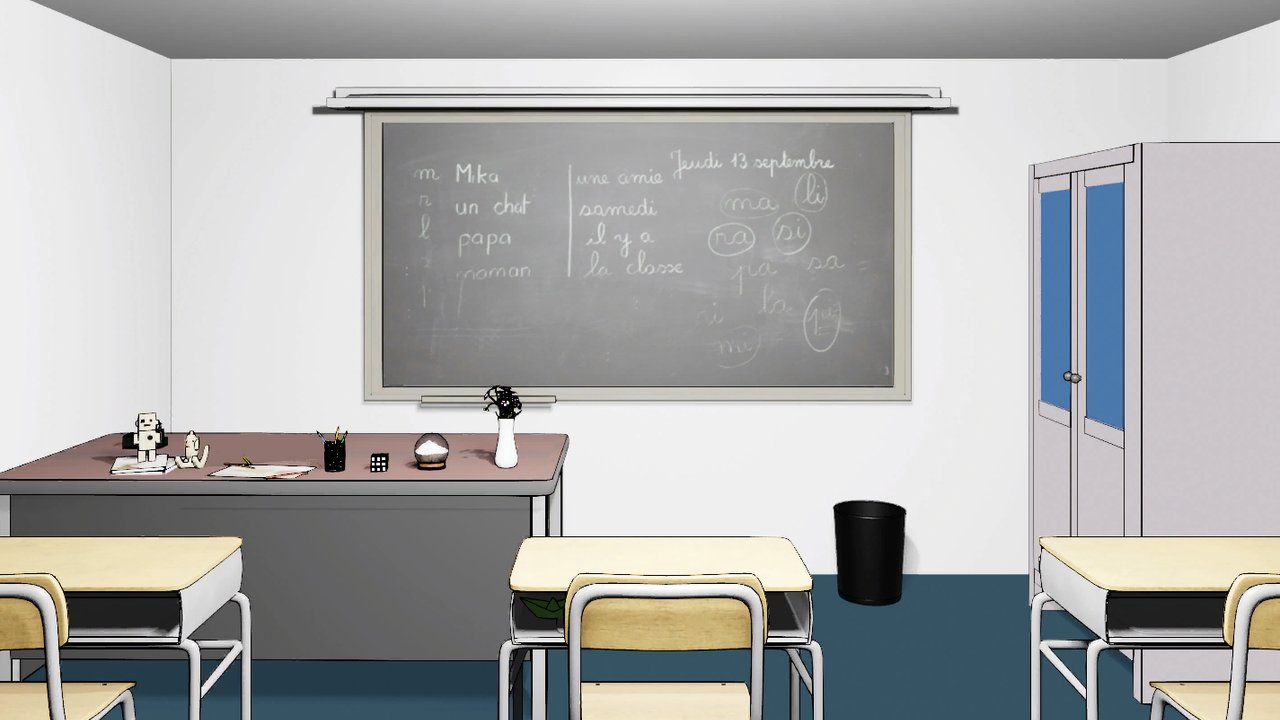When you hear “escape room,” you probably think of locked doors, puzzles, and team-building fun. But what if these same immersive experiences could be used to educate students about serious topics like health or cybersecurity? This is exactly what’s happening in modern classrooms as escape room-style learning gains popularity — blending play with purpose in innovative ways.
Two standout examples — VapEscape and FTX Pentest — show just how transformative this approach can be.
Why Escape Rooms Work in Education
Escape rooms combine storytelling, puzzles, and timed challenges in a highly engaging format. Educational escape rooms take this formula and build in curriculum objectives. Students must apply critical thinking, communication, and subject knowledge to solve problems and “escape.”
This approach hits multiple learning targets at once:
- Active participation keeps students focused.
- Collaborative tasks build soft skills like teamwork and leadership.
- Real-world scenarios help students retain concepts.
- Gamified pressure creates motivation and excitement.
These advantages make escape rooms a perfect fit for middle school, high school, and even professional training environments.
Case Study #1: VapEscape – Tackling Teen Vaping Through Gamified Learning
Vaping among teens remains a major concern for schools and communities. Traditional educational materials — posters, lectures, or pamphlets — often fall short of making an emotional or lasting impact. That’s where VapEscape steps in.
VapEscape is an interactive, narrative-based escape room designed to educate students on the dangers of vaping. Players step into a storyline where they must uncover clues, solve puzzles, and make choices based on real health data and social scenarios. Throughout the experience, they learn about the addictive properties of nicotine, marketing manipulation by vape companies, and the long-term consequences of vaping.
The format is powerful because it puts the student at the center of the story. They’re not being told what to do — they’re discovering the truth themselves. That shift from passive to active learning makes the message stick.
Case Study #2: FTX Pentest – Cybersecurity for the Next Generation
In an increasingly digital world, cybersecurity isn’t just for IT professionals — it’s a life skill. But teaching topics like phishing, malware, and network security can feel abstract, especially to younger audiences.
FTX Pentest changes that. This escape room-style experience casts students as junior cybersecurity analysts at a fictional tech company. Their mission? Identify vulnerabilities, stop breaches, and uncover a mystery using real-world pentesting tools and logic.
Along the way, students gain hands-on experience with cybersecurity concepts and protocols. They develop problem-solving skills and begin to think like ethical hackers — all within a safe, gamified environment.
This kind of experiential learning makes students more aware of digital threats and gives them skills they can use well beyond the classroom.
Broader Benefits of Educational Escape Rooms
Beyond content delivery, escape room learning promotes emotional intelligence, decision-making, and resilience. It also creates an inclusive learning environment where different skill sets shine. The shy student might be a puzzle-solving ace, while a natural leader keeps the team organized.
Teachers also benefit — educational escape rooms are often modular, reusable, and adaptable across subjects. They’re perfect for project-based learning and interdisciplinary lessons.
Bridging Fun and Responsibility
While educational escape rooms are fun, their impact is serious. Whether it’s preventing health risks or building cyber readiness, these games show how learning can be both meaningful and memorable.
Tools like Wordrush are helping educators create these types of experiences quickly and affordably — allowing more schools to adopt immersive learning without needing extensive tech expertise.


